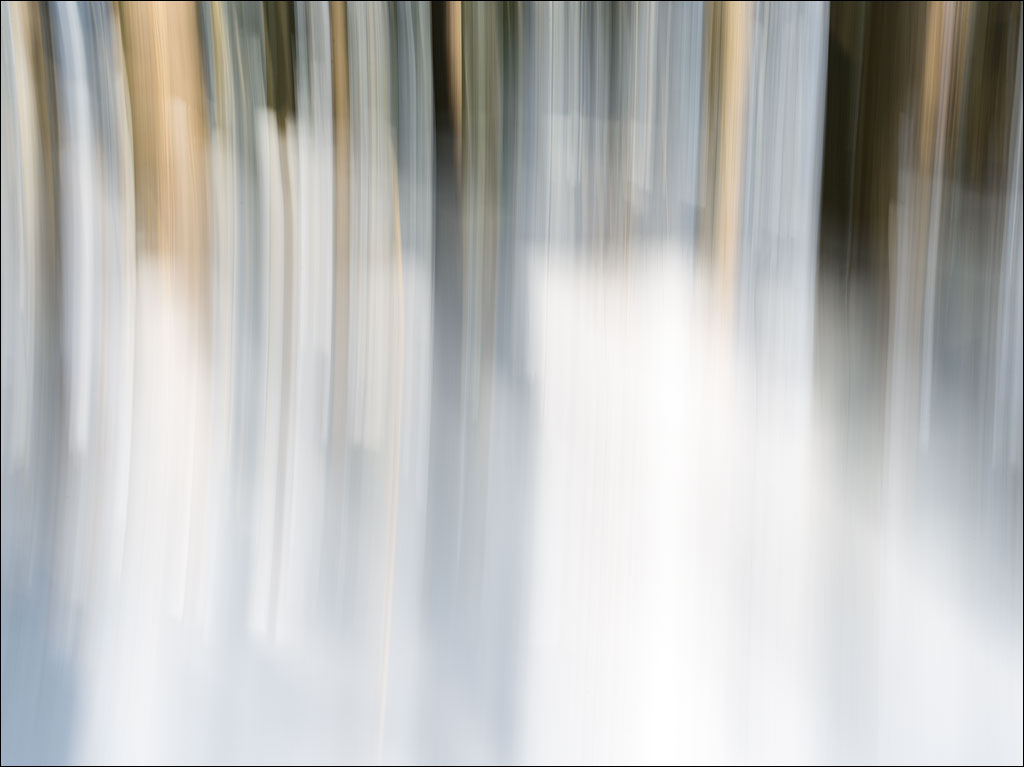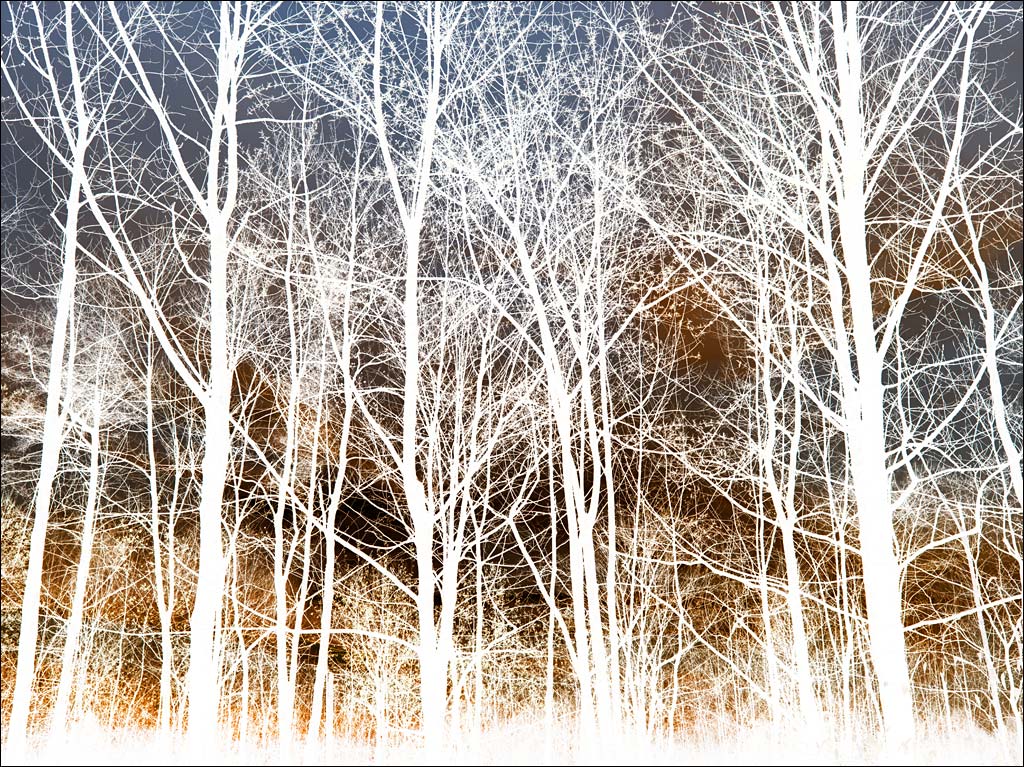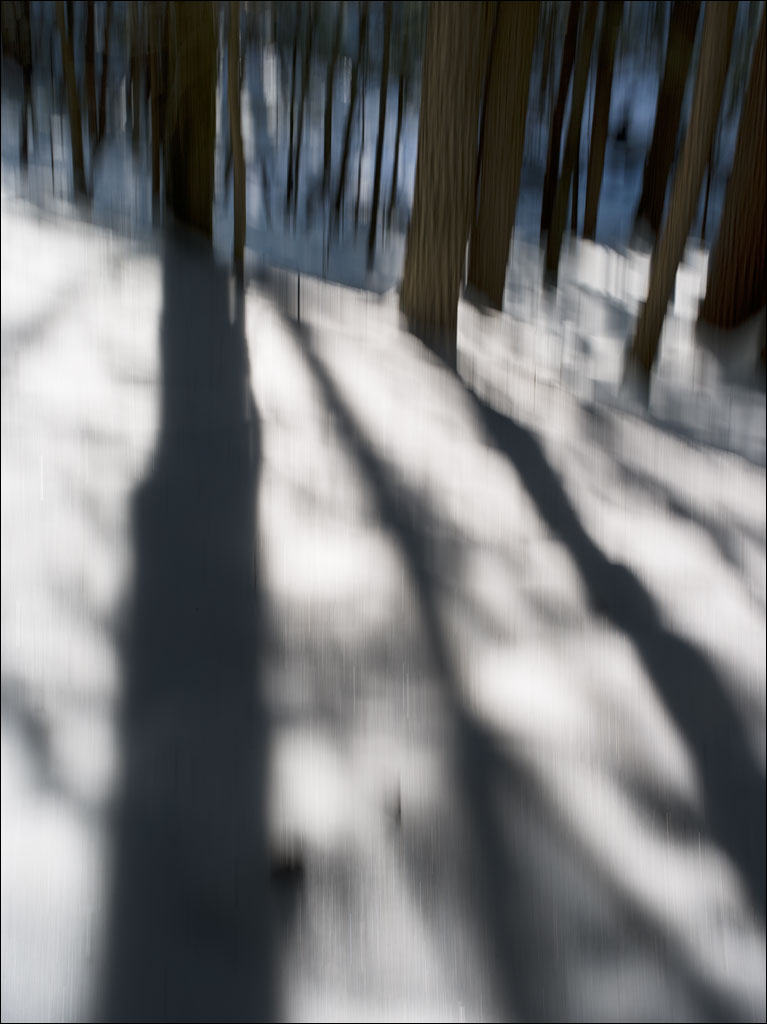Category Archives: Meditations
Illusion of Optics
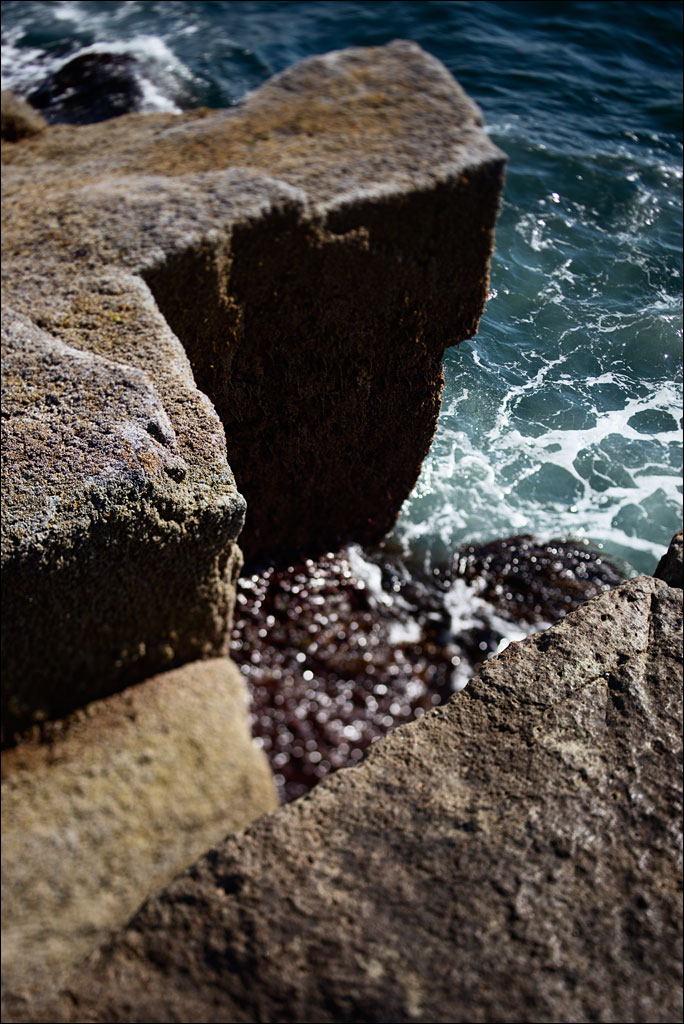 The rocks at Schoodic Point in Acadia National Park. One of the most interesting things about photography is the ability to present the world in a way that a person could not perceive naturally. When a group of objects are in focus, when they appear sharp, it is usually because they are all the same distance from the observer. That does not need to be true for a camera (no Photoshop gimmick here). Click on the image for a larger view.
The rocks at Schoodic Point in Acadia National Park. One of the most interesting things about photography is the ability to present the world in a way that a person could not perceive naturally. When a group of objects are in focus, when they appear sharp, it is usually because they are all the same distance from the observer. That does not need to be true for a camera (no Photoshop gimmick here). Click on the image for a larger view.
Emeric de Monteynard—Poet
 I had the great pleasure to meet French poet Emeric de Monteynard at Translations: Bates International Poetry Festival in 2010. His French web site can be found here. I was asked to make a portrait of the nine visiting artists. Each poet was asked to write a short piece that would be incorporated into the festival poster. Click on the image for a larger view.
I had the great pleasure to meet French poet Emeric de Monteynard at Translations: Bates International Poetry Festival in 2010. His French web site can be found here. I was asked to make a portrait of the nine visiting artists. Each poet was asked to write a short piece that would be incorporated into the festival poster. Click on the image for a larger view.
Ana Merino—Poet
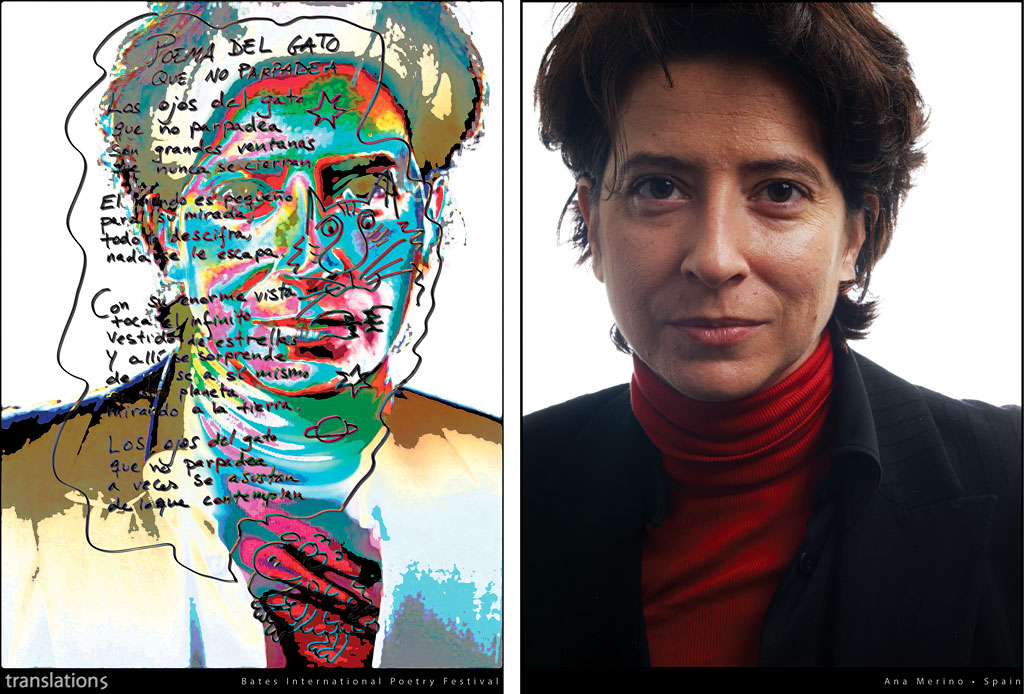 I had the great pleasure to meet Ana Merino at Translations: Bates International Poetry Festival in 2010. I was asked to make a portrait of the nine visiting artists. Each poet was asked to write a short piece that would be incorporated into the festival poster. Click on the image for a larger view.
I had the great pleasure to meet Ana Merino at Translations: Bates International Poetry Festival in 2010. I was asked to make a portrait of the nine visiting artists. Each poet was asked to write a short piece that would be incorporated into the festival poster. Click on the image for a larger view.
Tracks
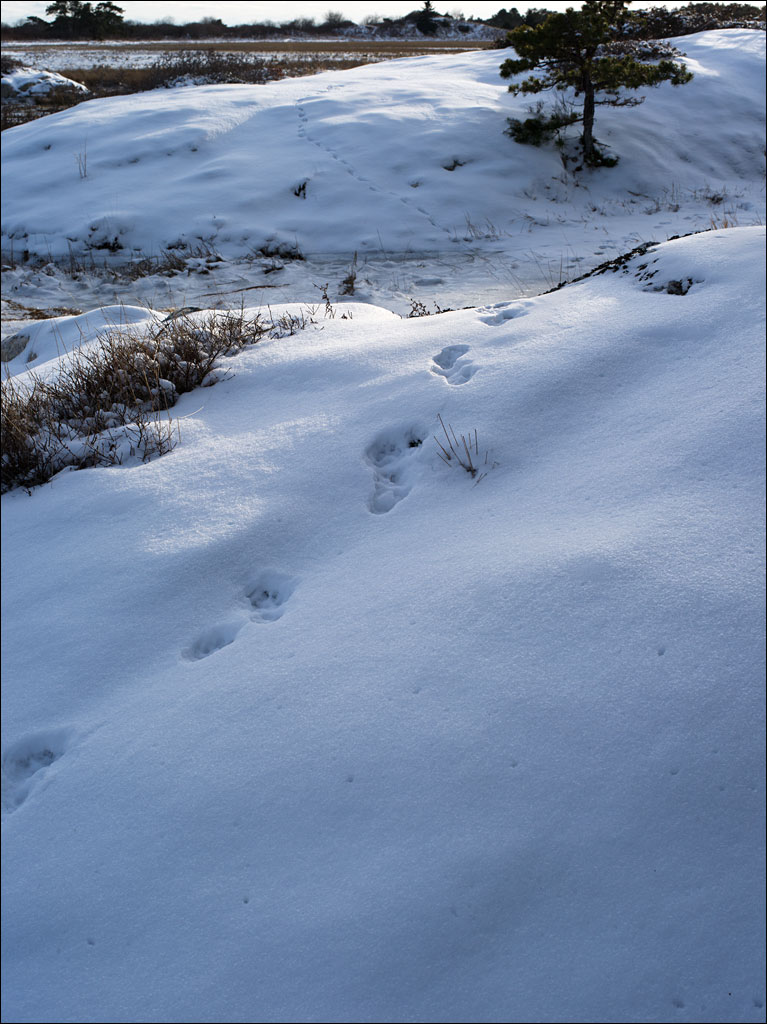 Locard’s exchange principle, named after the French forensic scientist, can be summed up simply—every contact leaves a trace. No matter how small nor how transitory, our journeys leave something of us behind and carry away something with us. Every track, no matter if taken by a solitary traveler, is woven with those that came before and will come after. Click on the image for a larger view.
Locard’s exchange principle, named after the French forensic scientist, can be summed up simply—every contact leaves a trace. No matter how small nor how transitory, our journeys leave something of us behind and carry away something with us. Every track, no matter if taken by a solitary traveler, is woven with those that came before and will come after. Click on the image for a larger view.
Snowbound
Where Gods Dwell
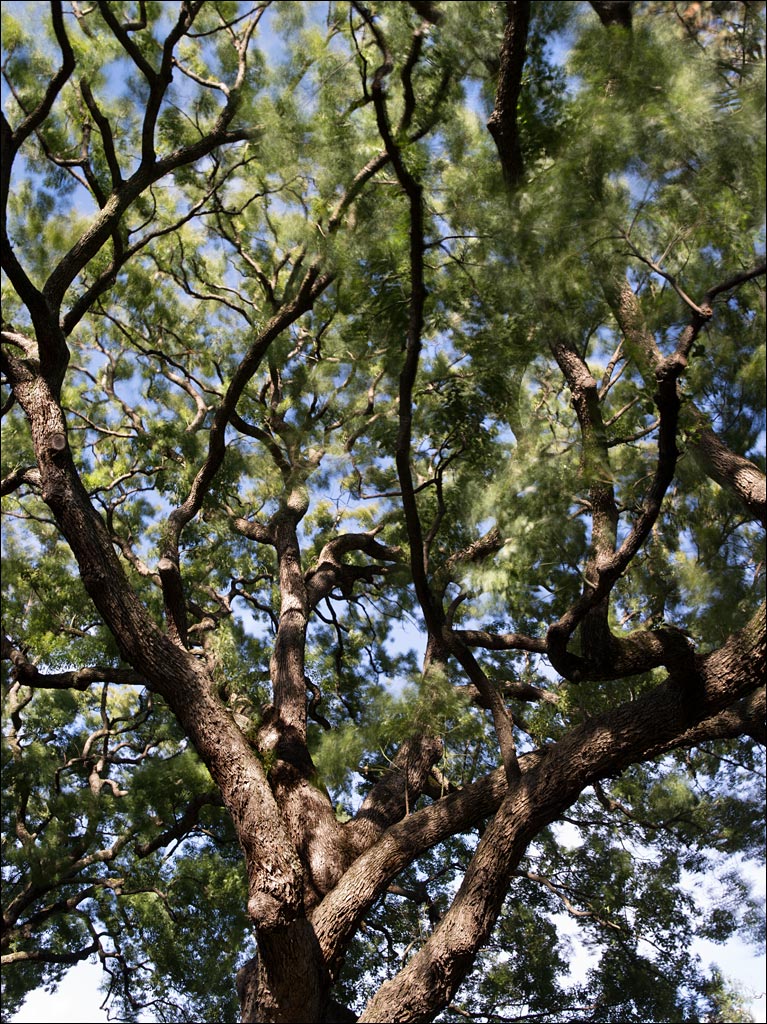 If anyone has seen the work of the director Hayeo Miyazaki, a common motif may strike you: trees. In the movies Castle in the Sky, My Neighbor Totoro, and Princes Mononoke, powerful, towering arboreal characters appear. The early Japanese believed trees, particularly evergreen trees, were dwellings for deities from heaven. With roots firmly in the earth and branches reaching into the sky, living off the wind and sun, and lifespans greater than any human, how could these beings be anything but divine. The Indian poet Rabindranath Tagore said, “trees are the Earth’s endless effort to speak to the listening heaven.” Click on the image for a larger view.
If anyone has seen the work of the director Hayeo Miyazaki, a common motif may strike you: trees. In the movies Castle in the Sky, My Neighbor Totoro, and Princes Mononoke, powerful, towering arboreal characters appear. The early Japanese believed trees, particularly evergreen trees, were dwellings for deities from heaven. With roots firmly in the earth and branches reaching into the sky, living off the wind and sun, and lifespans greater than any human, how could these beings be anything but divine. The Indian poet Rabindranath Tagore said, “trees are the Earth’s endless effort to speak to the listening heaven.” Click on the image for a larger view.


